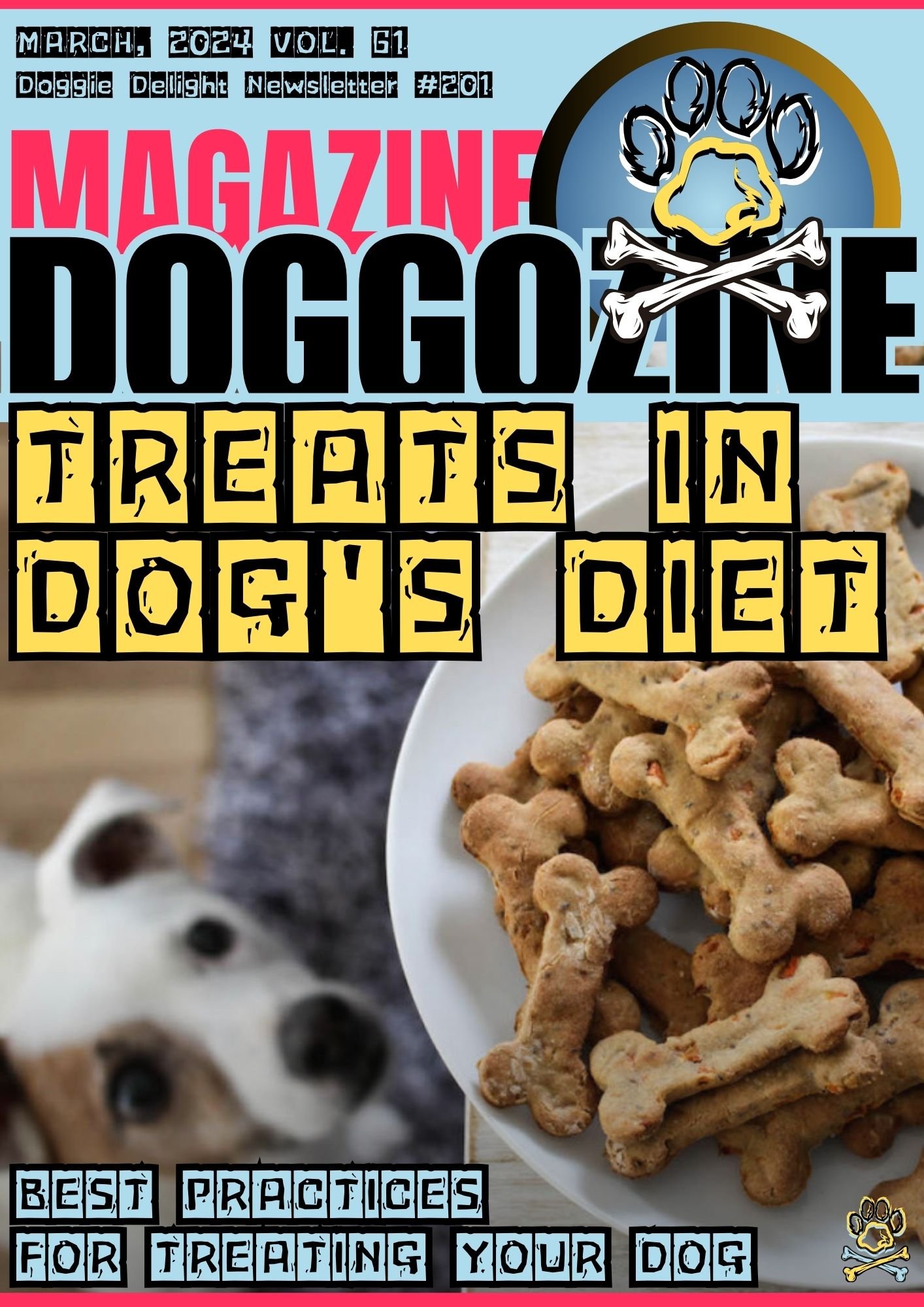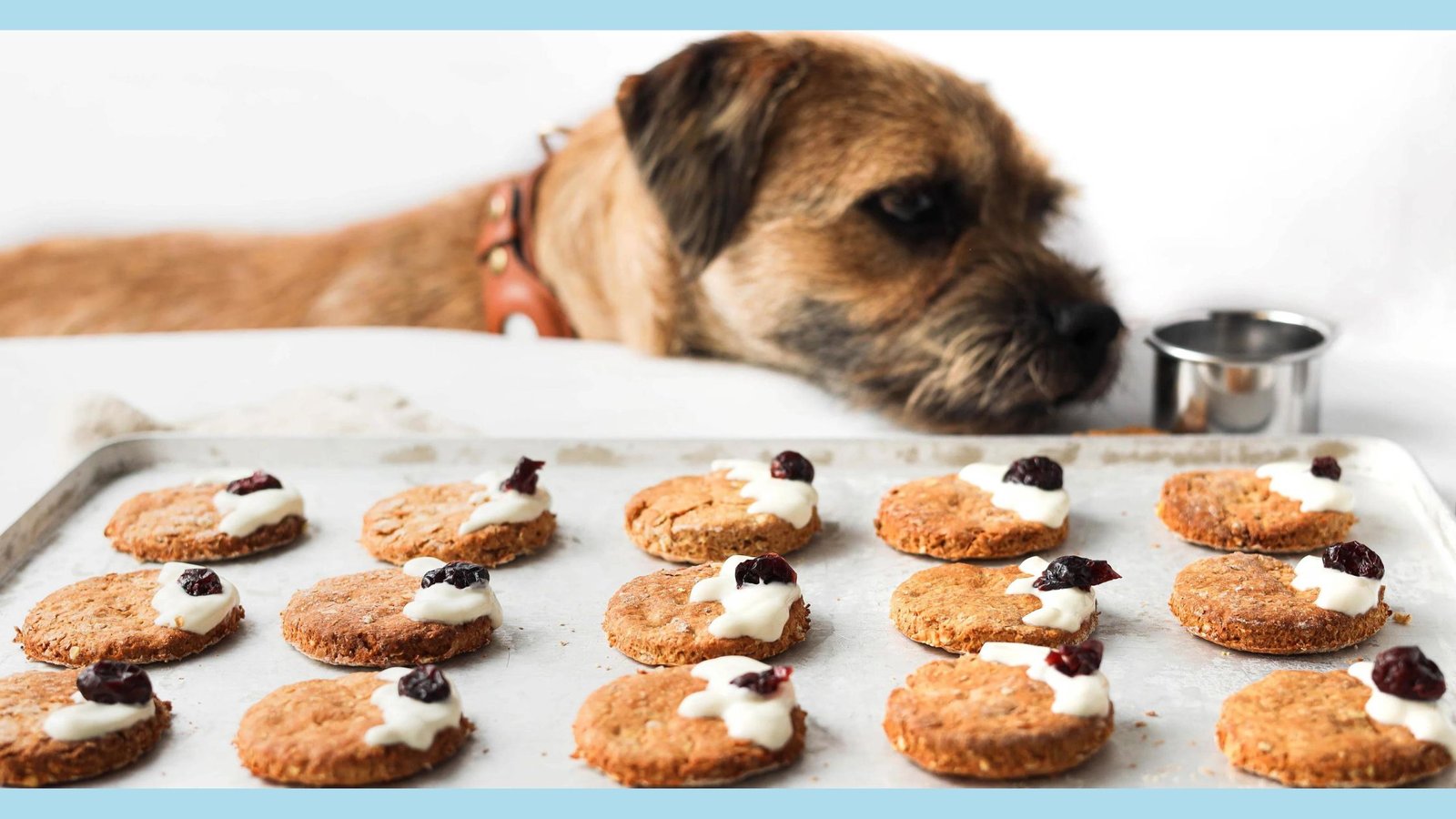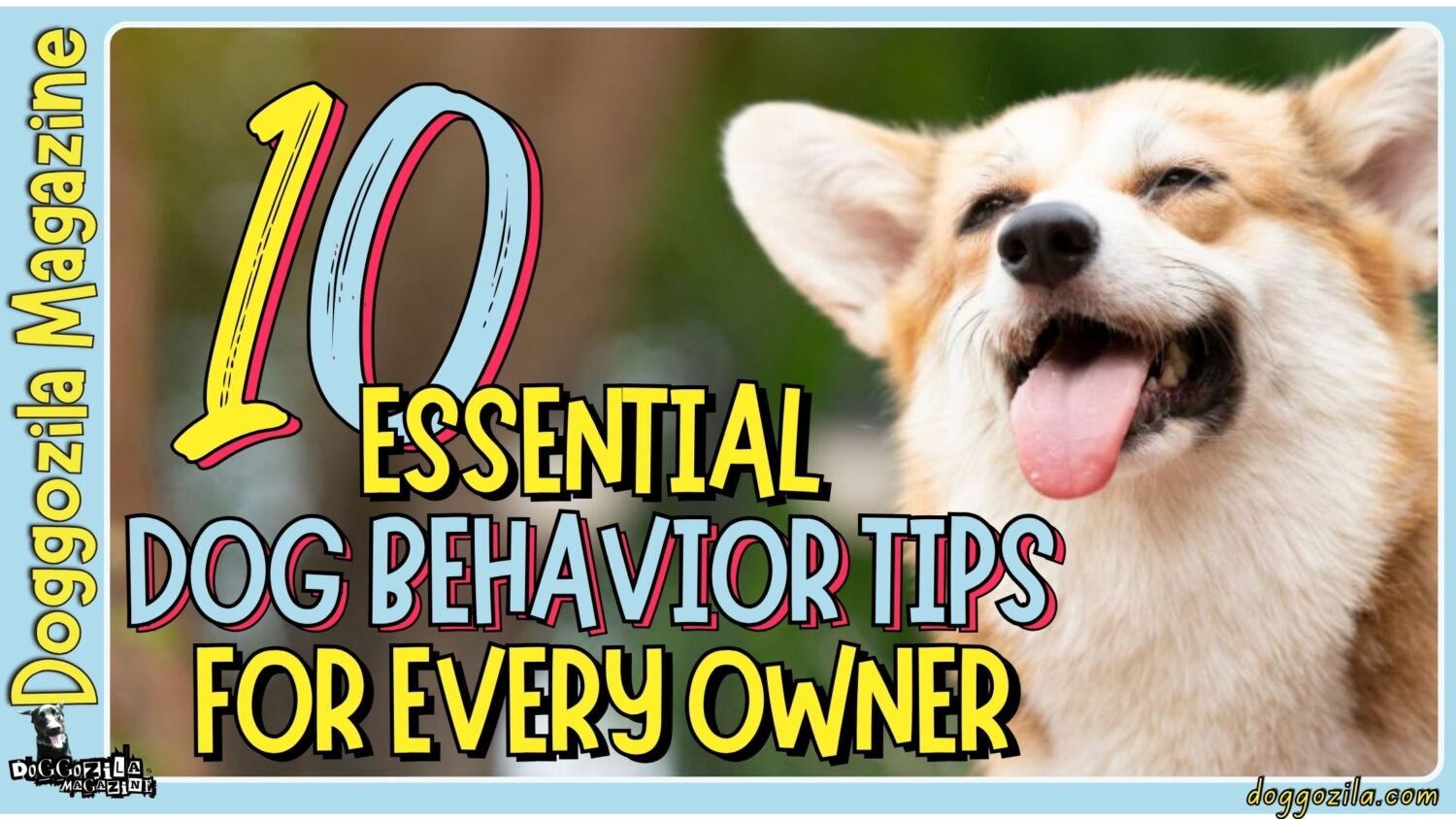
THE HOLY TREATS FOR YOUR DOG’S DIET
Treats bring joy to dogs. They eagerly wait for tasty snacks. Dog treats aren’t just for fun. Treats play a role in your dog’s diet too.
Diet Treats As A Reward During dog’s Training
Treats are great for training. You can use them to reward good behavior. If your dog does a trick right, give a treat. This will encourage your dog to listen. Training is easier with treat rewards.
But, don’t overdo treats. Too many can make your dog gain weight. That’s not healthy. Treats should be a small part of their diet. Overeating treats can also cause dental issues. Be careful with how many you give.
Choose healthy, natural treats. Avoid ones with artificial flavors or too much sugar. Those aren’t good for dogs. Pick treats made for your dog’s needs. Ask your vet for good options.
Treats Are Not A Dog’s Meal be Careful when it comes to his diet
Incorporating treats into your dog’s diet in a healthy and balanced way is key. Treats should complement your dog’s regular meals rather than replace them. As a general guideline, treats should make up no more than 10% of your dog’s daily caloric intake. This ensures that your dog receives all the necessary nutrients from their main meals while still enjoying the occasional indulgence.
Finally, it’s crucial to remember that treats should never be used as a substitute for love, attention, or proper exercise. While treats can be a delightful addition to your dog’s routine, they should be given in moderation and as part of a holistic approach to their overall well-being. Regular exercise, mental stimulation, and a balanced diet are equally important factors in keeping your furry companion happy and healthy. That is why treats play an important role in your dog’s diet.
In conclusion, treats can be a wonderful way to bond with your dog and reward them for their good behavior. However, it’s essential to be mindful of the impact treats can have on your dog’s health. By choosing high-quality treats, incorporating them in moderation, and ensuring your dog receives a well-rounded lifestyle, you can provide your furry friend with the best of both worlds – delicious treats and optimal health.
The Importance Of Treats in your dog’s diet
Treats serve multiple purposes in a dog’s life. They can be used as a training tool, a way to reinforce positive behavior, or simply as a special indulgence. When used correctly, treats can strengthen the bond between you and your dog and provide mental stimulation.
Training is an essential aspect of a dog’s life, and treats can be an effective tool in the training process. Positive reinforcement is a widely recognized method of training, and treats are often used to reward desired behaviors.
For example, when teaching a dog to sit, a treat can be given as a reward every time the dog successfully sits on command. This not only helps the dog learn the desired behavior but also associates that behavior with a positive experience.
Giving treats to dogs is a great way to reward good behavior. When a dog obeys commands or stays calm in tough situations, giving a treat shows them they did the right thing. This positive reinforcement helps dogs keep acting well. Treats can also show your dog extra love and appreciation.
Just like people, dogs enjoy getting something special sometimes. It can be a way to celebrate an occasion or simply show your dog you care. Giving your dog a treat can be a bonding experience and create positive feelings. That is why treats play an important role in your dog’s diet.
Implementing Treats in your Dog’s diet Can Have a Negative Impact
But it’s important to remember that treats should never replace a balanced, nutritious diet. While treats can be fun and rewarding, they should only be given in moderation as part of a well-rounded eating plan. Most of your dog’s diet needs to be high-quality, nutritionally balanced dog food that meets their specific needs.
Treats should only be a small part of their overall calorie intake to avoid weight gain and other health issues. That is why treats can serve different purposes for dogs, from training tools to rewards for good behavior and special treats.
When used correctly and in moderation, treats can strengthen the bond between you and your dog and provide mental stimulation. However, it’s crucial to prioritize a balanced, nutritious diet for your dog and ensure treats are given in moderation to maintain their overall health and well-being.

FINDING THE BEST DOG SNACKS
There are so many different treats out there. It can be hard to pick the right ones for your furry friend. Here are some things to think about when choosing treats!
What’s In The Treats?
Look for treats made with real, natural ingredients. Avoid any with fake additives, preservatives, or fillers. Your dog’s health matters, so give them treats without bad stuff. Natural ingredients provide nutrients and make the treat good for them.
Size And Feel Of The Treats
Pick treats that are a good size for your pup’s breed. Think about their teeth and choose ones that help keep them clean. Smaller dogs need tiny treats to avoid choking. Big dogs may want bigger, tougher treats. Some dogs like soft treats, others crunchy ones. Get a texture your dog enjoys chewing.
Special Treat Needs
If your dog has allergies or needs to watch their weight, get special treats. There are options for dogs with allergies to things like grains. Low-calorie treats help dogs trying to slim down. Choosing treats for your dog’s needs keeps them healthy and feeling good. That is why treats are important in your dog’s diet.
Reading treat labels is important. Talk to your vet if you have any concerns or questions about specific treats. Your vet can guide you and help you choose the right treats based on your dog’s needs. They can also recommend treat brands or alternatives if your dog has dietary restrictions. Taking the time to choose the right treats allows you to reward your dog with a delicious and nutritious snack that contributes to their happiness and health.

INCLUDING TREATS IN YOUR DOG’S DIET IN A HEALTHY WAY
While treats are a great addition to your dog’s diet, it’s crucial to include them healthily.
Here are some tips to ensure you give treats in moderation:
Treat Portion Control
Treats should only make up a small part of your dog’s daily calorie intake. Follow the serving size on the treat package and adjust it based on your dog’s size, age, and activity level. This will prevent overfeeding and weight gain, which can lead to health issues like obesity and joint problems.
Treat Balance
Consider the nutritional content of the treats you’re giving. If the treats are high in calories or fat, adjust your dog’s regular meals to maintain a balanced diet. For example, if you give your dog a high-calorie treat, you can reduce their regular food amount to compensate for the extra calories. This way, your dog can enjoy treats without consuming too many calories.
Treats As Training Rewards
Treats can motivate dogs during training sessions, but be careful with portions. Break big treats into small pieces to make them go further. This helps control how much your dog eats while allowing frequent rewards during lessons. Also, using treats just for training teaches your dog that good behavior leads to tasty rewards, improving the learning process.
Treats As Alternative Rewards
Instead of treats, consider praising, petting, or playtime as rewards for good behavior. This can cut down on overall treats while still encouraging positive actions. Dogs love attention and affection, so using these as rewards in training routines works just as well as treats. It’s smart to balance treats with other rewards to keep your dog engaged and motivated.
By using treats sensibly, your dog can enjoy them without harming their diet. Ask your vet for advice on the right diet and treat options for your dog.

BEST PRACTICES FOR TREATING YOUR DOG
When treating your dog, follow some key guidelines to keep them healthy:
Set A Regular Treat Routine
Having a consistent routine prevents overfeeding and ensures treats are given as rewards for specific good behaviors. Consistency is crucial for effectively training your dog and reinforcing positive actions. With consistent treat rewards, your dog learns that good behavior leads to tasty rewards, improving training.
Provide a Variety of Treats
Giving your pup different kinds of treats keeps them thrilled and engaged. Like humans, dogs can get tired of the same old snacks. Mixing up the flavors, textures, and treat types lets your furry friend stay curious and eager to please. Plus, varied treats offer diverse nutrients, ensuring your canine companion gets a balanced diet.
Supervision While Treating Your Dog
Always watch your dog when they munch on treats. This prevents choking risks and keeps them safe while snacking. Dogs sometimes get over-excited with treats and try gulping them down whole. Yikes! By supervising treat time, you can step in if needed and ensure proper chewing and swallowing.
Healthy Treats Storage
Keep treats cool and dry to maintain freshness and avoid spoiling. Follow storage instructions from the treat maker. Treats exposed to heat and moisture can get moldy or stale, which is unhealthy for your pup. Storing treats correctly preserves their quality and safety.
Every Dog Have Individual Needs
Giving your pup treats is fun. But, proceed with caution. Be nice to your pet. Don’t overdo it with the treats.
Some advice and nutritional wisdom:
- Choose small treats.
- Reward good behavior with treats.
- However, do it in moderation.
- Excessive treats can cause weight gain in your dog.
- Treats should only be a small part of their diet.
- Choose healthy treats.
- Avoid feeding them your leftovers.
- Build a strong relationship with your pet by playing together.
- Going for a walk is also a good idea.
- Being responsible towards your pet will prolong his life!
Each dog is one-of-a-kind, so consider their specific needs and preferences for treats. Some pups have diet restrictions or dislike certain snacks. It’s crucial to account for any allergies or sensitivities your dog has and choose treats that suit their needs. Observing your dog’s likes can also help you identify their most rewarding and enjoyable treats. So hopefully our article helped to inform you why treats play an important role in your dog’s diet and his life!

We at Doggozila Magazine always encourage to inform yourself more,
when it comes to your dog’s health and your dog’s diet!
So we recommend to get some Nutritional Wisdom and continue reading on this topic!









